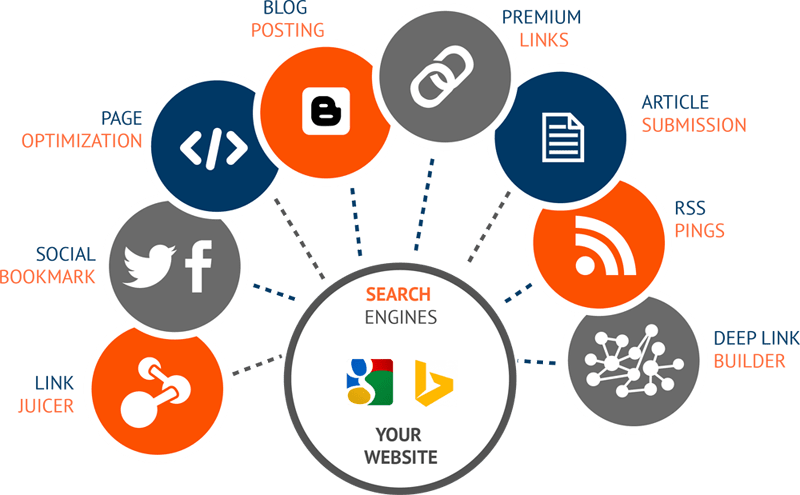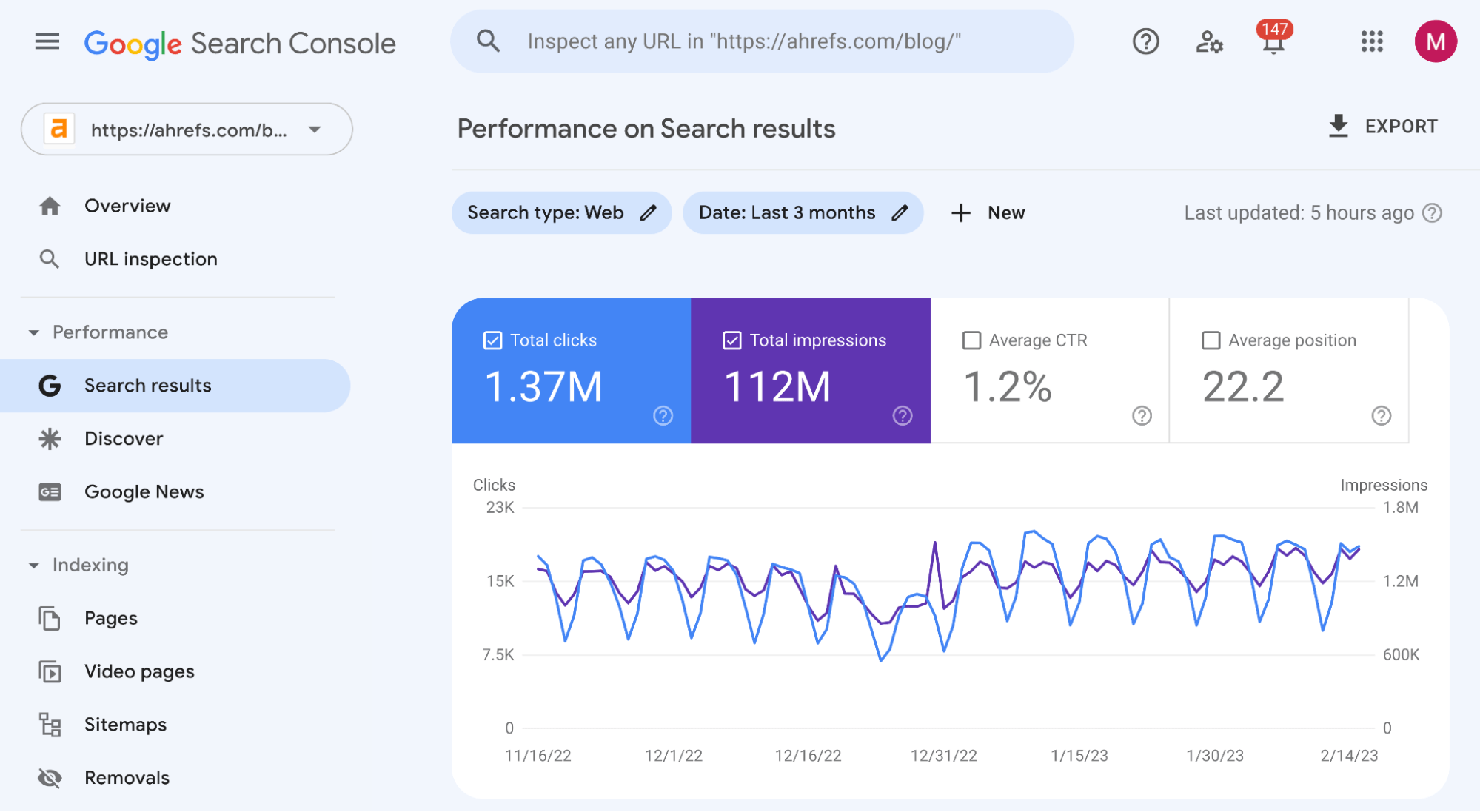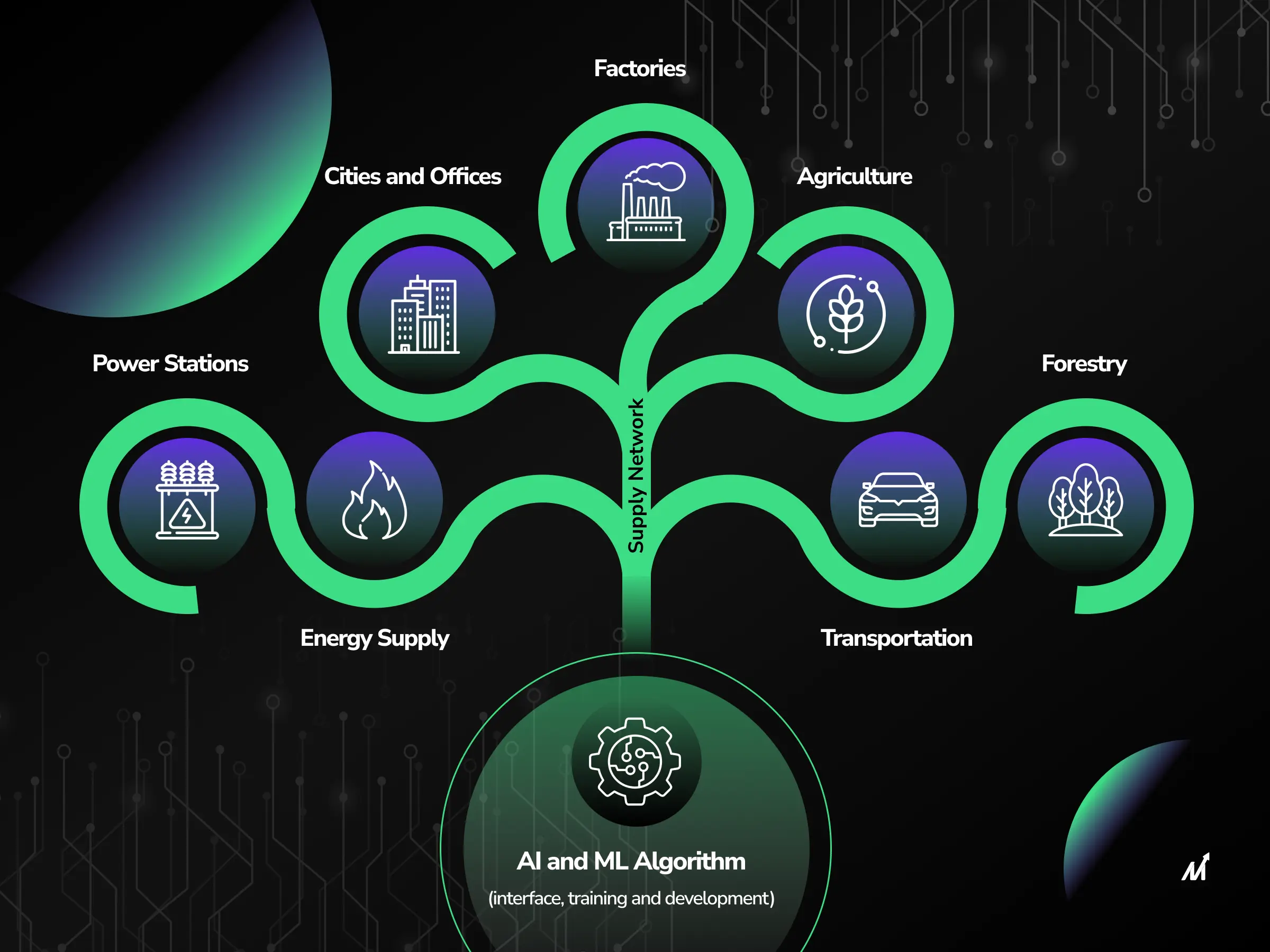Search Engine Optimization (SEO) is the practice of optimizing a website’s technical setup, content relevance, and link popularity to improve its visibility and ranking on search engine results pages. In essence, SEO aims to make a website easily discoverable, relevant, and popular in response to user search queries. By incorporating relevant keywords in titles, meta descriptions, and headlines, as well as utilizing descriptive URLs and schema markup, websites can enhance their organic search ranking. The ultimate goal of SEO is to enhance the user search experience while also improving a website’s ranking. In this article, we will delve into the intricacies of SEO, exploring its key components and best practices to help you understand the importance of optimizing your website for search engines.
The Pillars of SEO
Technical Optimization: The Foundation of SEO
Technical optimization forms the foundation of SEO and involves the configuration of a website to ensure that search engines can easily crawl and index its content. This includes aspects such as site speed, mobile-friendliness, and the use of descriptive URLs and schema markup. By optimizing technical elements, a website becomes more accessible to search engines, resulting in improved visibility and a higher likelihood of ranking in search results.
Content Relevance: Matching User Intent

Content relevance is a crucial aspect of SEO, as it focuses on aligning website content with the needs and intent of users. This involves understanding user search queries and utilizing relevant keywords, high-quality content, and meta descriptions to ensure that the website’s content matches the user’s search intent. By providing valuable and relevant content, a website can increase its visibility and attract more organic traffic from search engines.
Link Popularity: The Importance of Quality Backlinks
Link popularity, particularly through quality backlinks, plays a significant role in SEO. Quality backlinks from authoritative and relevant websites signal to search engines that a website is trustworthy and valuable. By earning quality backlinks, a website can improve its credibility and authority, leading to higher rankings in search results. Additionally, backlinks contribute to the overall user experience by providing additional resources and information, enhancing the website’s relevance and value.
What Do You Understand by Term Search Engine Optimization with HTML Tags
Technical Optimization Explained
Site Structure and the Role of URLs
The site structure and URLs play a crucial role in search engine optimization (SEO). A well-organized site structure with clear URLs helps search engines understand the content and hierarchy of a website. Using descriptive URLs with relevant keywords, optimizing title tags, meta descriptions, and headers (H1), and implementing schema markup are all essential best practices in technical optimization. These elements contribute to better visibility and ranking on search engine results pages (SERPs) by enhancing the user experience and improving the website’s search engine performance.
The Significance of Mobile-Friendliness
Mobile-friendliness is a critical factor in SEO, considering the increasing use of mobile devices for accessing the internet. Optimizing a website for mobile devices ensures a seamless user experience, thereby contributing to improved search engine rankings. Mobile optimization involves responsive design, fast loading times, and easy navigation on mobile devices. Websites that are mobile-friendly are more likely to rank higher in mobile search results, ultimately enhancing their visibility and performance on search engines.
Page Speed: A Critical Ranking Factor
Page speed is a critical ranking factor in SEO, as it directly impacts user experience and search engine rankings. Websites with fast loading times are favored by search engines and tend to rank higher in search results. Optimizing page speed involves minimizing server response times, leveraging browser caching, compressing images, and using content delivery networks (CDNs). These technical optimization efforts not only improve user satisfaction but also enhance the website’s performance and visibility in search engine results.
Secure Browsing via HTTPS
Implementing secure browsing through HTTPS is essential for maintaining user trust and enhancing website security. Websites that utilize HTTPS encryption provide a secure and private connection for users, which is a crucial ranking signal for search engines. By obtaining an SSL certificate and migrating to HTTPS, websites can improve their credibility, protect user data, and gain a competitive advantage in search engine rankings. This technical optimization aspect is increasingly important in today’s digital landscape, where cybersecurity and data privacy are significant concerns for users and search engines alike.
Crafting Content for SEO
Crafting content for SEO is crucial for driving targeted traffic to a website. This process involves several key elements, starting with keyword research to identify the phrases potential customers are searching for.
Keyword Research: Identifying Target Phrases

Keyword research is the foundation of any SEO strategy. It involves identifying the specific words and phrases that potential customers are using when searching for products or services. By understanding these keywords, businesses can optimize their content to align with user intent and improve their chances of appearing in search results.
Conducting thorough keyword research involves using tools such as Google Keyword Planner, SEMrush, or Ahrefs to identify relevant keywords and assess their search volume and competition. By targeting the right keywords, businesses can attract more qualified traffic to their websites.
Strategic Keyword Placement in Content
Once the target keywords have been identified, strategic placement of these keywords within the content is essential. This includes incorporating them into the page’s title, headings, subheadings, and body text in a natural and contextually relevant manner. This strategic placement signals to search engines the relevance of the content to user queries, ultimately improving the chances of ranking higher in search results.
The Role of Meta Descriptions and Titles
Meta descriptions and titles play a crucial role in attracting clicks from search engine results pages (SERPs). These elements provide a brief summary of the content and can influence click-through rates. Crafting compelling meta descriptions and titles that include relevant keywords can entice users to click on the search result, driving more traffic to the website.
Creating Value with Quality Content
Ultimately, creating value with quality content is key to engaging and retaining visitors. High-quality content that provides valuable information, addresses user intent, and offers a positive user experience can lead to higher search rankings and increased organic traffic. Content should be well-written, informative, and relevant to the target audience, encouraging visitors to spend more time on the website and return for future visits.
Building Link Popularity
Search Engine Optimization (SEO) is a crucial element in driving traffic to a website. It involves optimizing a website’s technical configuration, content relevance, and link popularity to make it more easily findable and relevant to user search queries. Understanding the wants and needs of the target audience and how search engines work is essential in achieving this goal.
Understanding the Value of Inbound Links
Inbound links, also known as backlinks, are links from other websites that direct traffic to your site. They are crucial in determining a website’s authority and relevance in search engine rankings. The more high-quality backlinks a website has, the more likely it is to rank higher in search results. Inbound links act as a vote of confidence from other websites, indicating that your content is valuable and worth referencing.
Strategies for earning high-quality backlinks involve creating valuable, shareable content that naturally attracts links from other websites. This can be achieved through guest blogging, influencer outreach, and creating engaging infographics or interactive tools. Additionally, featuring relevant keywords in titles, meta descriptions, and headlines, as well as using descriptive URLs with keywords can optimize a website for search engines and improve its link popularity.
The Impact of Social Signals on SEO

Social signals, such as likes, shares, and comments on social media platforms, can significantly influence a website’s search engine rankings. Social media engagement and shares indicate to search engines that a website’s content is valuable and engaging to users. As a result, websites with strong social signals are more likely to rank higher in search results. Engaging with users on social media, creating shareable content, and actively participating in relevant social communities can help improve social signals and positively impact SEO.
On-Page vs Off-Page SEO
On-Page SEO Elements: A Closer Look
On-Page SEO elements encompass the technical configuration and content relevance of a website. This involves optimizing the website’s structure, HTML code, and textual content to make its pages more easily findable, relevant, and popular to user search queries. One of the key aspects of On-Page SEO is the use of relevant keywords in titles, meta descriptions, and headlines. By incorporating these keywords strategically, websites can improve their visibility and ranking on search engine results pages. Additionally, featuring descriptive URLs with keywords and using schema markup to specify the page’s content meaning are essential On-Page SEO practices. These elements contribute to enhancing the overall search experience for users and directing relevant traffic to a website.
Off-Page SEO: Beyond the Website Boundaries
Off-Page SEO extends beyond the boundaries of the website and focuses on external factors that can impact a website’s search engine rankings. This includes activities such as link building and social media marketing, which aim to increase the website’s authority and relevance. Link building involves acquiring backlinks from other reputable websites, signaling to search engines that the website is a valuable resource. Social media marketing, on the other hand, leverages platforms like Facebook, Twitter, and Instagram to engage with the target audience and drive traffic to the website. These off-page activities play a crucial role in establishing the website’s credibility and popularity, ultimately contributing to its visibility and ranking on search engine results pages.
SEO Best Practices and Compliance
Adhering to Webmaster Guidelines
Adhering to webmaster guidelines is crucial for the success of any SEO campaign. These guidelines are set by search engines to ensure that websites are following best practices and providing a positive user experience. By adhering to these guidelines, website owners can avoid penalties and maintain their search engine rankings. Some key aspects of webmaster guidelines include creating unique and valuable content, using descriptive titles and meta descriptions, and avoiding manipulative or deceptive practices.
Avoiding Black-Hat Techniques
Black-hat techniques refer to unethical and manipulative methods used to improve search engine rankings. These techniques can include keyword stuffing, cloaking, and buying links. While these tactics may provide short-term gains, they can result in severe penalties from search engines and long-term damage to a website’s reputation. It is essential for website owners to focus on creating high-quality content and obtaining natural links rather than resorting to black-hat techniques.
Maintaining SEO with Algorithm Updates
Search engine algorithms are constantly evolving, and it is essential for website owners to stay informed about these changes. By understanding algorithm updates, website owners can adapt their SEO strategies to ensure that their websites continue to rank well in search results. Some key algorithm updates to consider include Google’s Panda and Penguin updates, which focus on content quality and link building practices. Website owners should regularly monitor industry news and be prepared to make adjustments to their SEO strategies to maintain compliance with algorithm updates.
Measuring and Analyzing SEO Performance
Search Engine Optimization (SEO) is the process of optimizing a website’s technical configuration, content relevance, and link popularity to improve its visibility and ranking in search engine results. It involves using relevant keywords, descriptive URLs, and schema markup to make pages more findable and relevant for user search queries. The ultimate goal of SEO is to increase organic traffic to a website by improving its search engine ranking.
Key Performance Indicators (KPIs) for SEO

Key performance indicators for SEO include organic traffic, keyword rankings, click-through rates, and conversion rates. These KPIs help measure the effectiveness of an SEO strategy and its impact on a website’s visibility and traffic. For example, organic traffic reflects the number of visitors who found the website through organic search results, while keyword rankings indicate the website’s position in search engine results for specific keywords.
SEO Tools and Software for Effective Tracking
Using SEO tools and software is essential for effective tracking and analysis of KPIs. Tools like Google Analytics, SEMrush, and Moz provide valuable insights into website performance, keyword trends, and competitor analysis. Technical SEO auditing tools, such as Sitebulb, can help identify and resolve technical issues that may be affecting a website’s search engine ranking. These tools enable website owners and marketers to make data-driven decisions and optimize their SEO efforts.
Continuous Improvement Through SEO Audits
Regular SEO audits are important for continuous improvement and ensuring that a website is meeting best practices for search engine visibility. An SEO audit involves a comprehensive review of a website’s technical aspects, on-page and off-page elements, and overall performance. It helps identify areas for optimization, fix errors, and ensure compliance with search engine algorithms and guidelines. By conducting regular SEO audits, businesses can stay ahead of the competition and maintain a strong online presence.
Overall, measuring and analyzing SEO performance is crucial for the success of a website. By understanding the role of SEO, utilizing the right tools and software for tracking, and continuously improving through SEO audits, businesses can effectively optimize their websites for search engine visibility and drive relevant traffic to their sites. This can ultimately lead to increased brand visibility, customer engagement, and business growth.
conclusion
In conclusion, search engine optimization (SEO) is a multifaceted process that involves technical optimization, content creation, link building, and compliance with webmaster guidelines. It is essential for improving a website’s visibility and ranking in search engine results pages (SERPs). Technical optimization forms the foundation of SEO, while crafting relevant content and earning quality backlinks are crucial for driving targeted traffic to a website. Understanding the impact of social signals and adhering to webmaster guidelines are also key components of a successful SEO strategy. By continuously improving and utilizing the right tools for tracking and analysis, businesses can effectively optimize their websites for search engine visibility and drive relevant traffic to their sites. SEO is an ongoing process that requires dedication and attention to detail, but the rewards in terms of increased website visibility and traffic are well worth the effort.









